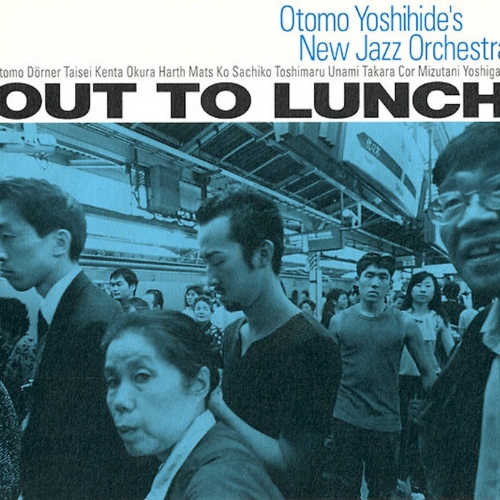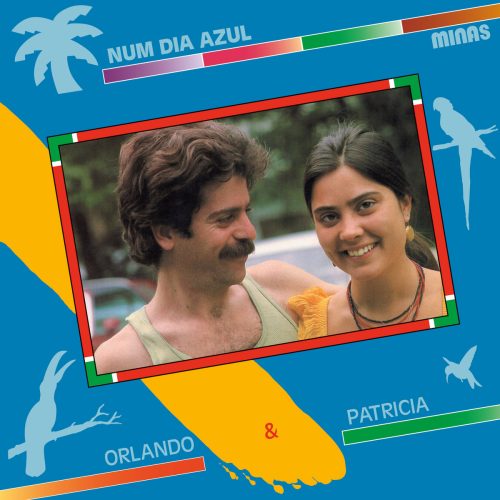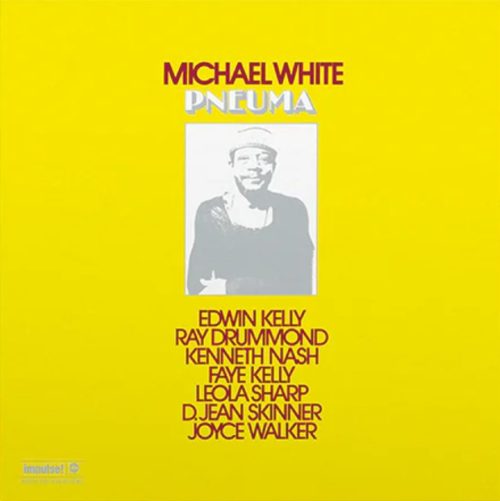Out To Lunch
Label: Aguirre
$49.99
Out of stock
Sold out, repress in 2023… Reissue, originally released on CD in 2005. Eric Dolphy’s final studio album is hailed as one of the finest examples of mid-60s post-bop. Dolphy, having recorded the album in February 1964, was in Europe less than six weeks later and his all-too-brief life ended less than two months after that. It marked his last flurry of original compositions and is considered his apex. It is fascinating to consider whether he would have moved past or away from the album in 1965, had he lived. Though Dolphy should not be considered an avant-garde musician by the term’s most common definitions, most interpretations of Out To Lunch have been done by players working squarely in that area. So it is with this album, the most ambitious in its recreation of the five-tune disc (with one original added to the final “Straight Up And Down”, extending the piece to almost thirty minutes). All five compositions from the original quintet LP are revisited in the same order, the record sleeve even duplicates the old album jacket, although a photo taken by Daidō Moriyama inside Tokyo’s Shinjuku railway station replaces the enigmatic “Will Be Back” sign. Otomo Yoshihide first came to international prominence in the 1990s as the leader of the experimental rock group Ground Zero, and has since worked in a variety of contexts, ranging from free improvisation to noise, jazz, avant-garde, and contemporary classical. Recognizable themes (“Hat and Beard,” “Out to Lunch,” “Straight Up and Down”) appear, and individual players — including Alfred Harth on bass clarinet — don’t carry forward echoes from the past in the spirit of a sincere and heartfelt homage. However, a good deal of the time all bets are off; in addition to the usual brass, reeds, bass, and drums (and of course a bit of vibraphone, here played by Takara Kumiko) are such sonic paraphernalia as sine waves, contact mike, no-input mixing board, and, of course, “computer.” Otomo himself plays electric guitar. From composition to composition and even during episodes within compositions, the band takes radically different approaches. There are blasts of free jazz energy not too far removed from the Peter Brötzmann Tentet, an impression reinforced by the presence of spluttering wild man Mats Gustafsson on baritone sax. Not surprisingly and often in contrast with the Dolphy original, the music is dense and filled to overflowing with sounds — sometimes due to fundamental reworkings in structure rather than just the larger size of the ensemble. Dolphy is transported into the 21st century and allowed to romp through modern developments in music.





